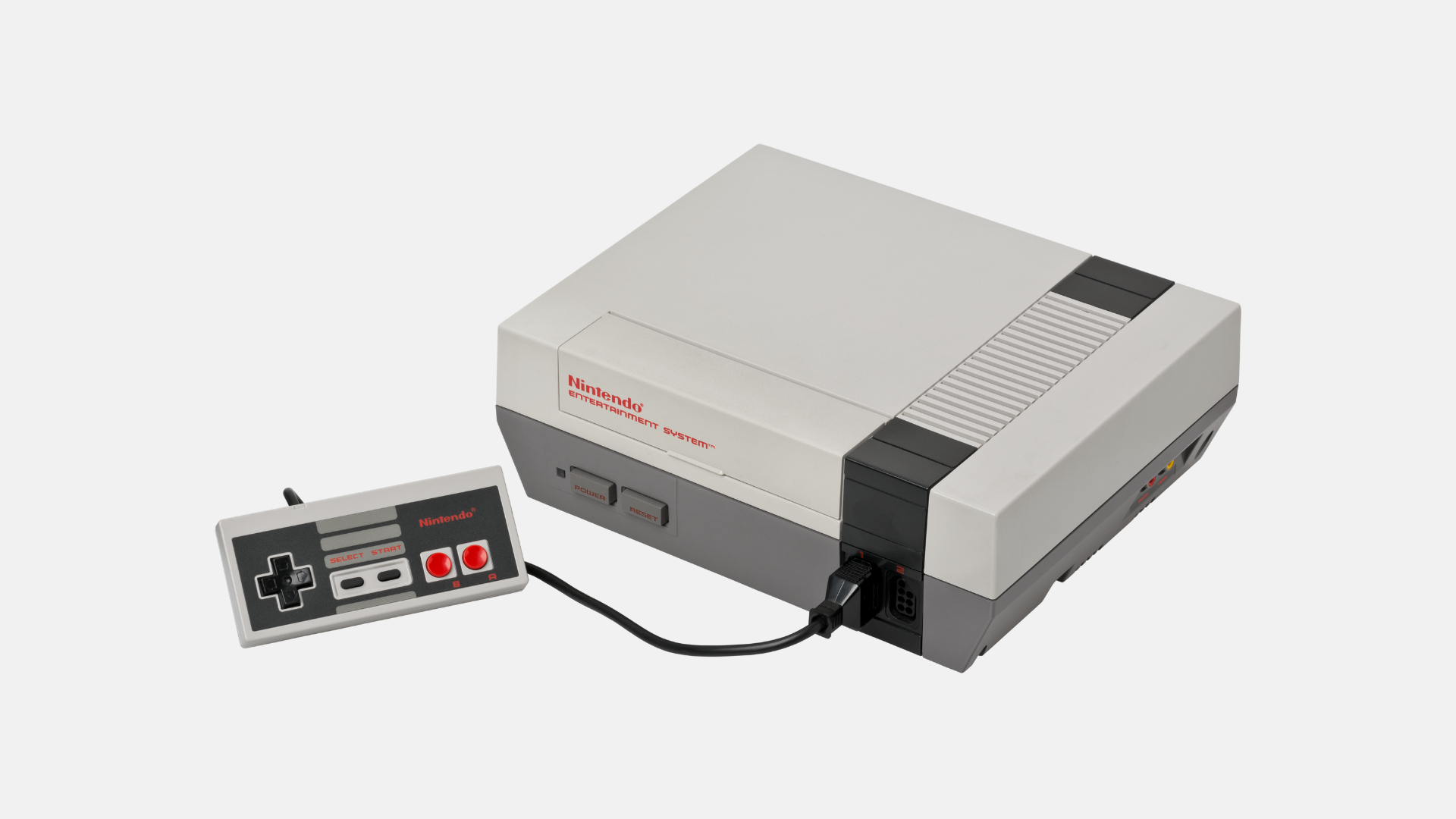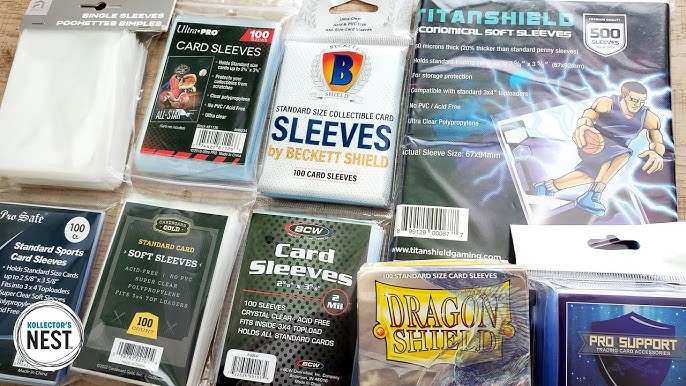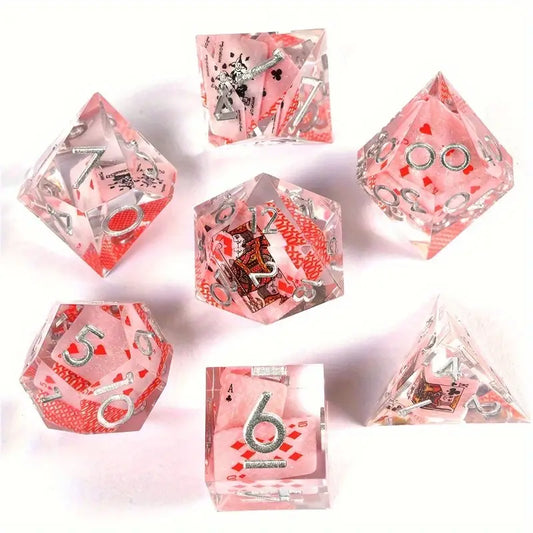Materials
- Fabric Paint (30 ml x 5): Choose colors that work well together for your design.
- Brush: Use various sizes depending on the detail required.
- Glass Liner: While typically for glass, it can also be used on fabric for fine lines and details.
Steps to Paint on Fabric
-
Prepare Your Fabric:
- Wash and dry the fabric to remove any sizing or finishes that might prevent the paint from adhering. Iron it if needed to remove wrinkles.
-
Plan Your Design:
- Sketch your design on paper first or use a fabric-safe pencil to lightly outline it on the fabric.
-
Base Layer with Fabric Paint:
- Start painting with your brush, applying the fabric paint to larger areas first. Use a flat brush for broad strokes and a round brush for details.
- Apply thin layers to avoid over-saturation and allow for quicker drying.
-
Detailing with Glass Liner:
- Once the base layer is dry, use the glass liner to add outlines or intricate designs. It will help create sharp lines and details.
- Be gentle to avoid overloading the liner, which can lead to messy lines.
-
Drying:
- Allow your painted fabric to dry completely. Check the paint’s instructions for specific drying times.
-
Heat Setting (if needed):
- Many fabric paints require heat setting to ensure they are washable. This can typically be done with an iron:
- Place a cloth over the design and iron on medium heat for a few minutes, being careful not to scorch the fabric.
- Many fabric paints require heat setting to ensure they are washable. This can typically be done with an iron:
-
Final Touches:
- Once everything is dry and heat set, check your work for any touch-ups needed.
Tips
- Test First: Always test your colors and techniques on a scrap piece of fabric to see how they turn out.
- Stencils: If you're unsure about freehanding, consider using stencils for precise shapes.
- Layering Colors: For more depth, you can layer colors once the previous layer has dried.
Enjoy your fabric painting!
